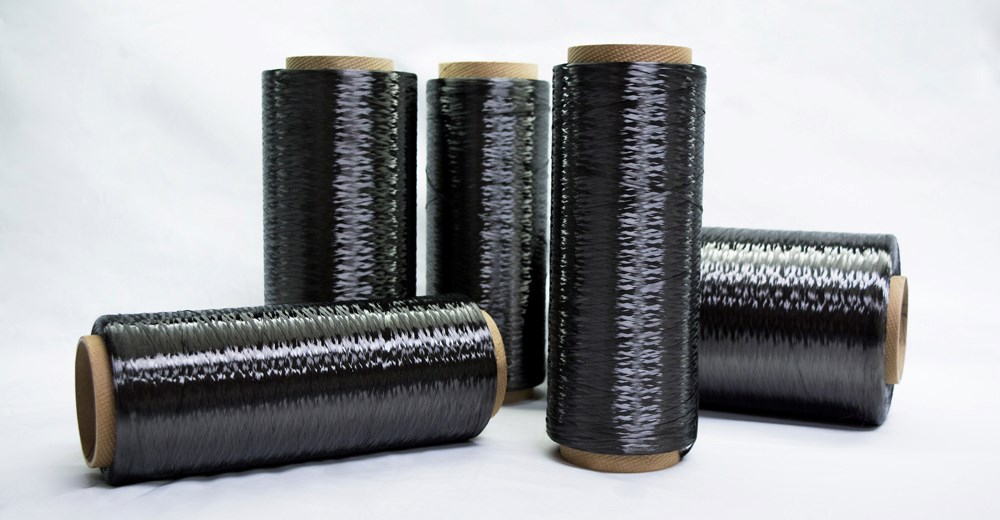In 1860, Joseph Swan invented the prototype of incandescent lamps, the semi-vacuum carbon wire lamp. In order to light the dark night, as the luminous body of the electric light, carbon fiber occurred.
The early carbon fiber was not noticeable, it was made of natural fibers, with little structural strength, the quality of filament made of it were poor, easily broken in use, and its durability was far from ideal, and was quickly replaced by a tungsten filament. As a result, carbon fiber research has entered a dormant period.
 In the 1950s, the demand for high-temperature, corrosion-resistant, and high-strength materials in the aerospace sector increased, and people again turned their hopes to carbides. After a series of studies, the material with a melting point of 3,600 ℃ was eventually found and officially named "Carbon Fiber".
In the 1950s, the demand for high-temperature, corrosion-resistant, and high-strength materials in the aerospace sector increased, and people again turned their hopes to carbides. After a series of studies, the material with a melting point of 3,600 ℃ was eventually found and officially named "Carbon Fiber".
The best properties of carbon fiber are lightweight, high strength, high specific strength, and specific modulus, its density is less than 1/4 of steel, its tensile ratio strength is about 10 times that of iron, stretching than the elastic modulus is about 7 times that of iron. In addition, carbon fiber has a variety of excellent characteristics, such as non-fatigue, non-rust, chemical stability and good thermal stability.
In the field of aero-engine, carbon fiber mainly is combined with resin, metal, ceramics and other substrates in the form of reinforced base, and the combination is called carbon fiber reinforced composites (CFRP), it works well in terms of weight reduction and efficiency, reducing noise and emissions, improving material strength and fuel economy.
Composites are also gradually being used in high-temperature components of aero-engines, such as the GEnx variable overflow valve (VBV) catheter, made of carbon fiber reinforced double maleic amide (BMI), with a weight of only 3.6 kg per catheter. The mixed-flow nozzle (MFN) on the Russian SaM146 engine also uses carbon fiber reinforced BMI parts, which are about 20 kilograms lighter than the metal.
In the future, with the further enhancement of the strength and toughness of carbon fiber composites, the application of carbon fiber composites in aero-engines will be popular : enhance the CFRTP of thermal shrinkage plastic process formation, enhance the carbon process to form CFRC carbon/carbon composites, enhance the formation of CFRM metal process, enhance the formation of rubber process CFRR ...... In either direction, carbon fiber composites will be essential material for future high-performance aero-engines.
Post time: Apr-09-2019
